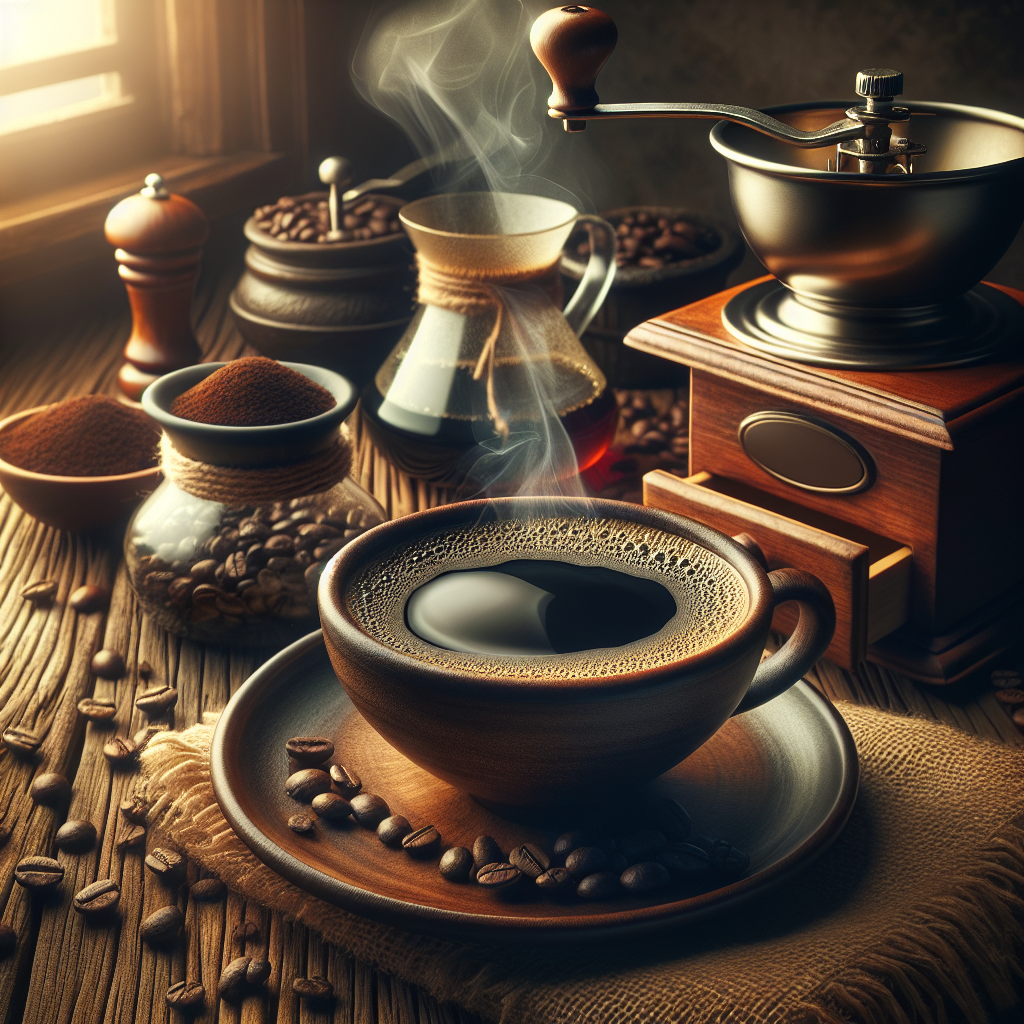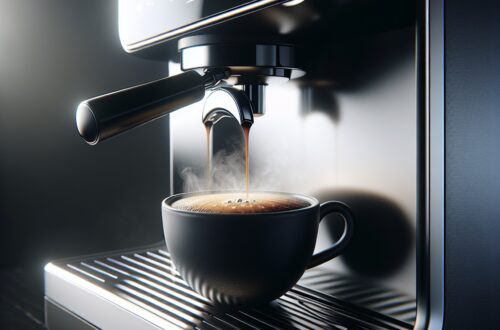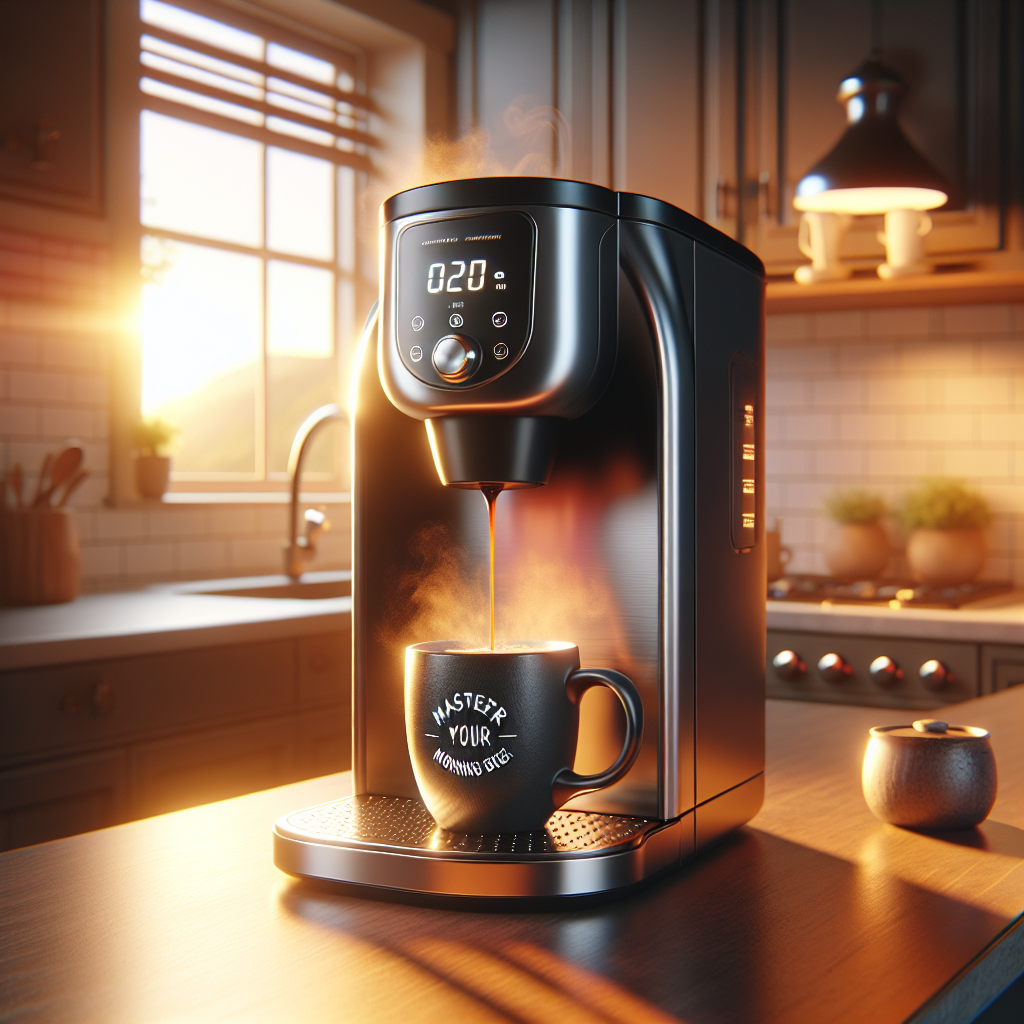“`html
The Best Way to Make Great Coffee at Home
Making a perfect cup of coffee at home involves multiple steps, each crucial to achieving that rich, satisfying brew you crave. This comprehensive guide will walk you through the essential elements of brewing great coffee, from selecting the right beans to experimenting with different brewing methods.
Explore Different Brewing Methods
To broaden your coffee experience, it’s worth exploring different brewing methods. Discover the nuances in taste and method with the comparison table below:
| Brewing Method | Grind Size | Brew Time | Flavor Profile | Equipment Needed |
|---|---|---|---|---|
| French Press | Coarse | 4 minutes | Rich, full-bodied | French press |
| AeroPress | Fine | 30 seconds | Strong, smooth | AeroPress |
| Pour-Over | Medium | 3-4 minutes | Crisp, nuanced | Pour-over cone and filter |
| Moka Pot | Medium-fine | 5 minutes | Bold, espresso-like | Moka pot |
| Drip Brew | Medium | 5-7 minutes | Balanced, versatile | Drip coffee maker |
1. Choose Fresh, Quality Beans
Selecting the right coffee beans is the first and arguably most crucial step in making a great cup of coffee.
- Always use freshly roasted beans, ideally sourced within 1-4 weeks of roasting.
- Understand different types of coffee beans: Arabica vs. Robusta.
- Consider the origin of the beans: Single-origin vs. blends.
- Pay attention to the roast level: Light, medium, or dark roast.
- Buy from reputable sources: Specialty coffee shops, online retailers.
- Store your beans properly in an airtight container away from light and moisture.
- Buy in small quantities to ensure you always have fresh beans.
- Experiment with different beans to find your preferred flavor profile.
2. Invest in a Good Grinder
A good grinder is vital to achieving the right grind size for your preferred brewing method.
- Opt for a burr grinder instead of a blade grinder for consistency.
- Choose between manual and electric burr grinders based on your needs and budget.
- Understand grind sizes for different brewing methods (e.g., coarse for French press, fine for espresso).
- Look for features such as adjustable grind settings.
- Prioritize grinders with a low-speed motor to reduce heat and preserve flavor.
- Maintain and clean your grinder regularly to avoid old coffee residues.
- Consider the capacity and size of the grinder.
- Read reviews and seek recommendations for reliable grinder brands.
3. Use the Right Grind Size
The grind size of your coffee plays a pivotal role in the flavor and quality of your brew.
- Match the grind size to your brewing method (e.g., extra fine for Turkish coffee, medium for drip brewing).
- Understand how grind size affects extraction and flavor (larger grounds lead to under-extraction, finer grounds to over-extraction).
- Experiment with slightly adjusting grind sizes to refine your taste.
- Use a consistent grind size every time for uniform brewing results.
- Avoid pre-ground coffee to ensure maximum freshness.
- Stick to a specific grind size for different methods but be open to minor adjustments.
- Test different grind sizes to understand your personal preference.
- Note that grind size might need to be adjusted based on bean type and roast level.
4. Measure Your Coffee and Water
Accurate measurement is crucial for a consistent and balanced brew.
- Use a kitchen scale to weigh your coffee and water for precise ratios.
- A common starting ratio is 1:16 (one part coffee to 16 parts water).
- Adjust the ratio to your taste preference (e.g., 1:15 for a stronger brew or 1:17 for a milder cup).
- Measure by weight, not volume, for accuracy.
- Calibrate your coffee and water measurements based on your brewing method.
- Keep a record of your preferred ratios for future reference.
- Experiment with slight adjustments if you’re trying new beans or methods.
- Ensure consistency in your measurements to achieve predictable results every time.
5. Use Filtered Water
The quality of water you use can significantly influence the final taste of your coffee.
- Always use filtered or bottled water free from chlorine and impurities.
- Avoid distilled or softened water as they can affect the flavor profile.
- Check the mineral content of your water; moderately hard water is ideal.
- Utilize a dedicated water filter for your coffee brewing.
- Ensure water is free of off-tastes and odors.
- Regularly replace your water filter to maintain water quality.
- Understand the impact of water temperature on brewing (covered in the next section).
- Use consistent water temperature to achieve uniform extraction.
6. Heat Water to the Right Temperature
Water temperature is critical in extracting the right flavors from your coffee.
- The ideal brewing temperature is between 195°F to 205°F.
- Too hot water can cause over-extraction and bitterness.
- Too cool water can lead to under-extraction and sour flavors.
- Use a thermometer or a temperature-controlled kettle to monitor water temperature.
- Preheat your brewing equipment to stabilize temperature.
- Adjust the temperature slightly based on the coffee type and roast level.
- Experiment with different temperatures within the ideal range to find your preference.
- Ensure consistent water temperature for every brew.
7. Experiment with Brew Times
Different brewing methods require different times to achieve the perfect extraction.
- Understand the recommended brew times for various methods (e.g., 4 minutes for French press, 30 seconds for AeroPress).
- Use a timer to ensure accuracy and consistency.
- Adjust brew times to refine taste and strength.
- Pay attention to how changes in time affect flavor (longer times for stronger brews, shorter for milder).
- Keep notes on your preferred brew times for different methods and beans.
- Allow room for variance based on grind size and water temperature.
- Experiment with pre-infusion or blooming times to improve flavor (covered in the next section).
- Achieve a balance between optimum extraction and personal taste preference.
8. Bloom Your Coffee
Blooming helps in releasing carbon dioxide from freshly roasted coffee, enhancing flavor.
- Pour a small amount of hot water over the coffee grounds to allow them to bloom.
- Let the bloom process for about 30 seconds.
- Observe the gas release and coffee bed expansion, indicating fresh beans.
- Use a gooseneck kettle for precise water pouring.
- Ensure even saturation for uniform extraction.
- Adjust your blooming time based on bean freshness.
- Recognize the importance of blooming in both manual and automatic brews.
- Regularly practice blooming to improve your brewing technique and results.
9. Regularly Clean Your Equipment
Clean equipment is essential to avoid old residues affecting the flavor of your coffee.
- Thoroughly clean your coffee maker, grinder, and other equipment regularly.
- Use safe and recommended cleaning products.
- Disassemble parts where possible for a deep clean.
- Rinse equipment with clean water to remove cleaning agents.
- Avoid letting coffee grounds and oils build up over time.
- Clean after every use to maintain equipment performance and coffee quality.
- Follow manufacturer cleaning instructions for best practices.
- Be mindful of hidden spots where residue can accumulate.
10. Explore Different Brewing Methods
Experimenting with various brewing methods can help you discover your favorite way to enjoy coffee.
- Try methods like pour-over, French press, AeroPress, Moka pot, and drip brewing.
- Understand the unique characteristics each method brings to the coffee flavor.
- Experiment with different brewing equipment and techniques.
- Learn the nuances of each method, such as grind size, water temperature, and brewing time.
- Keep an open mind to find which method suits your taste best.
- Document your experiences and preferences for different methods.
- Attend workshops or watch tutorials to perfect your brewing skills.
- Enjoy the process of experimenting and refining your coffee-making craft.
By following these steps and paying attention to these details, you’ll be well on your way to brewing exceptional coffee at home that rivals your favorite café. Click here to explore more about different coffee brewing methods and other coffee-related FAQs. Enjoy the journey of finding what works best for you.
“`
Shop at Breville now!
https://breville.oie8.net/oqDqrE
Shop Coffee Machine at Amazon now!
Click here!





